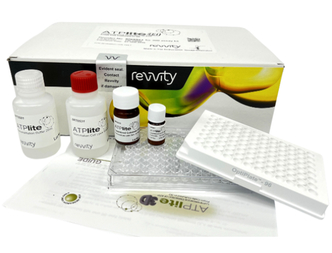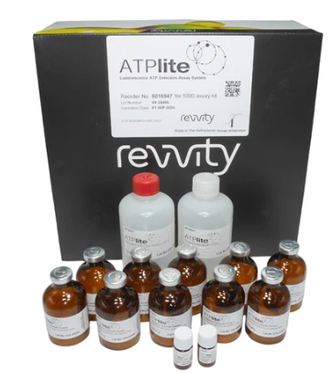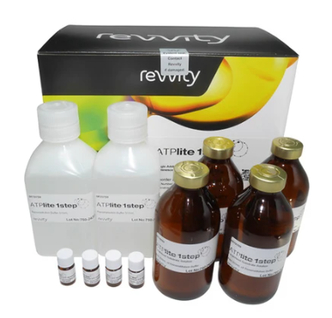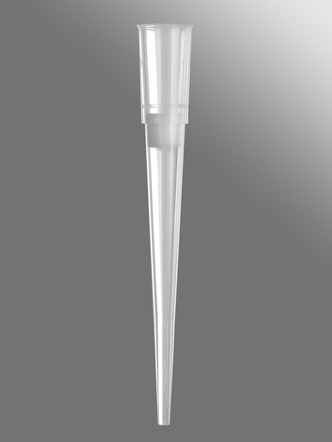ATP is a marker for cell viability because it is present in all metabolically active cells. Because ATP concentration declines rapidly when cells undergo necrosis or apoptosis, monitoring ATP is a good indicator of cytocidal, cytostatic and proliferation effects. Discover the ATPlite™ cell viability assay. Revvity ATPlite and ATPlite 1step luminescence assay systems use patented innovative technologies that measure cell viability, proliferation and cytotoxicity in mammalian cells based on the production of light caused by the reaction of ATP with added luciferase and D-luciferin.
ATPlite is an Adenosine TriPhosphate (ATP) monitoring system based on firefly (Photinus pyralis) luciferase. This luminescence cell viability assay is the alternative to colorimetric, fluorometric and radioisotopic assays for the quantitative evaluation of proliferation and cytotoxicity of cultured mammalian cells. ATP monitoring can be used to assess the cytocidal, cytostatic and proliferative effects of a wide range of drugs, biological response modifiers and biological compounds.
Advantages:
- Long-lived luminescent signal: half-life (t1/2) greater than 5 hours, depending on cell type and medium
- Rapid: results generated in 15 - 25 minutes
- Simple and reproducible: no separation steps; only two reagent additions
- Homogeneous assay: no cell harvesting or centrifugation required
- Sensitive: down to 5 cells in 100µL medium (derived from CHO and HL-60 cells in 100µL medium)
- Wide linear dynamic range: =105 (as derived from CHO and HL-60 cells)
Manufacturer's web: ATP Luminescence Assay System 96-well, 300 Points
For research use only. Not for use in diagnostic procedures. All products to be used in accordance with applicable laws and regulations including without limitation, consumption, and disposal requirements under European REACH regulations (EC 1907/2006).













